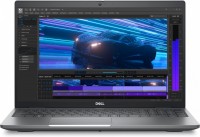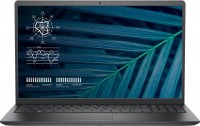Laptops Dell series XPS (stylish)
Dell XPS Series
While ultrabook manufacturers are comparing their product lines with MacBooks, trying to prove that they are not worse, Dell has set a more ambitious task to surpass Apple on all fronts. As a result, a family of gorgeous and damn expensive Dell XPS devices was born, which would look most appropriate in the back seat of a Bentley or Jaguar. Most of the representatives of this line are equipped with the envy of any ultrabook in the world, and the average check for such a pleasure easily reaches 5K dollars.
 |
The "Core i7 + 32 GB RAM + RTX 2060" level equipment elevates these ultrabooks to the status of powerful workstations for working with audio, compiling code, processing photos and video rendering. Fortunately, almost all models of the series are equipped with flagship InfinityEdge displays (more often IPS, less often OLED matrices) with natural colour reproduction and extended dynamic range (HDR10, Dolby Vision). Screens of this level are usually placed in specialized laptops "for creatives" like Acer ConceptD and MSI Creator. Only there are classic ones, and in Dell XPS they are most often touch-sensitive.
Otherwise, it is a pure premium class, the envy of 99% of laptops in the world. Mandatory attributes of the XPS models are a thin aluminium case with a carbon coating, a Thunderbolt port, a Killer Wireless network adapter, Wi-Fi 6, a card reader, fast charging and a virtual docking station for quickly connecting a smartphone. A distinctive feature of this series has become ultra-high battery life: models on the Intel Evo platform can work for a day without recharging. Fantastic result.
In addition to classic laptops, this series also includes ultrabooks-transformers. In fact, these are the same well-proven ultrabooks of the XPS series, but with a mandatory touchscreen display that can be turned inside out using the gadget as a tablet. At the same time, they are thinner, quieter and colder than classic XPS laptops, but slightly inferior to them in power and equipment, and instead of discrete graphics cards rely on the power of built-in Intel Iris and Radeon Vega accelerators.





